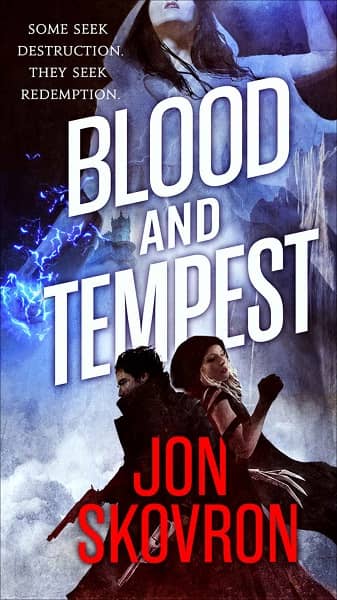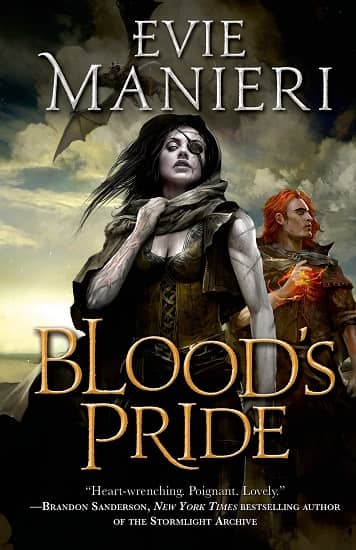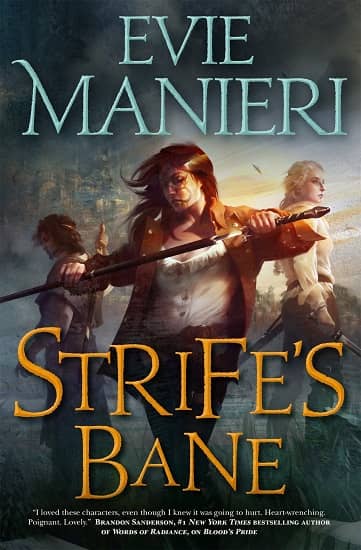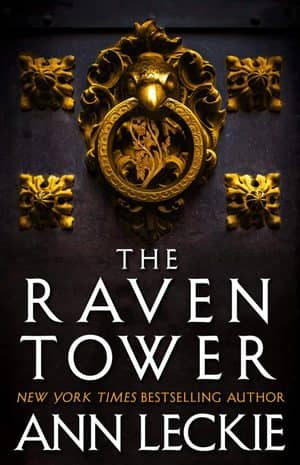Vintage Treasures: The Passing of the Dragons by Keith Roberts
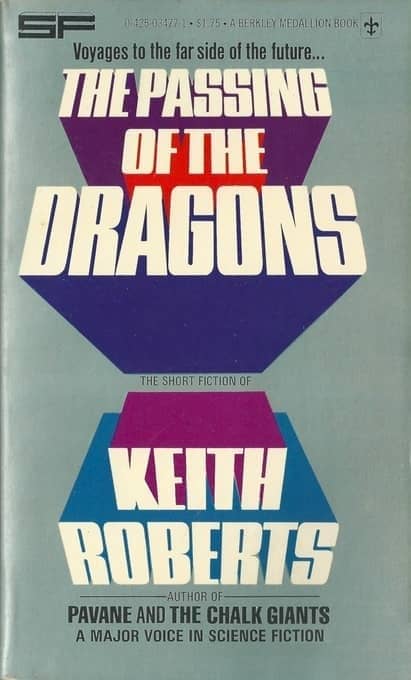 |
 |
Keith Roberts, who was active as an SF writer from the 60s through the 80s, has had the kind of posthumous success most authors can only dream of. His 1968 fix-up novel Pavane was called “Alternate History’s Lost Masterpiece” by io9 in 2009, nine years after his death:
I found it dense, unclear…and brilliant… This is a book to read once, get stuck, return to with a clear head, blast through, and then read again in search of deeper meanings. They are definitely there, and they are definitely worth finding.
In a 2016 piece at Tor.com Dave Hutchinson called Pavane “a significant achievement, by any measure. I was utterly bowled over by it.” And in his SF Site review back in 2001, Rich Horton compared it favorably to The Man in the High Castle:
The recent crop of alternate history stories, enjoyable as some of them may be, seem largely minor works… The shadows of two great AH novels of the 60s loom over the present-day offerings, both books with their ambition and success, and their moral centre, trivializing the current work. These are Philip K. Dick’s The Man in the High Castle (1963), winner of the Hugo Award, and Keith Roberts’ Pavane.
Okay, okay, I get it. I should read Pavane. But, you know, I’m busy. Doesn’t Keith Roberts have anything shorter I can read, just so I can nod along at science fiction cocktail parties, and mumble things like, “Yeah, totally love the guy?” Yes. Yes he does. Thank God. Turns out he has no less than nine collections, including a sort of “Best of” collection of his early short fiction, The Passing of the Dragons, published in paperback by Berkley Medallion in 1977.




